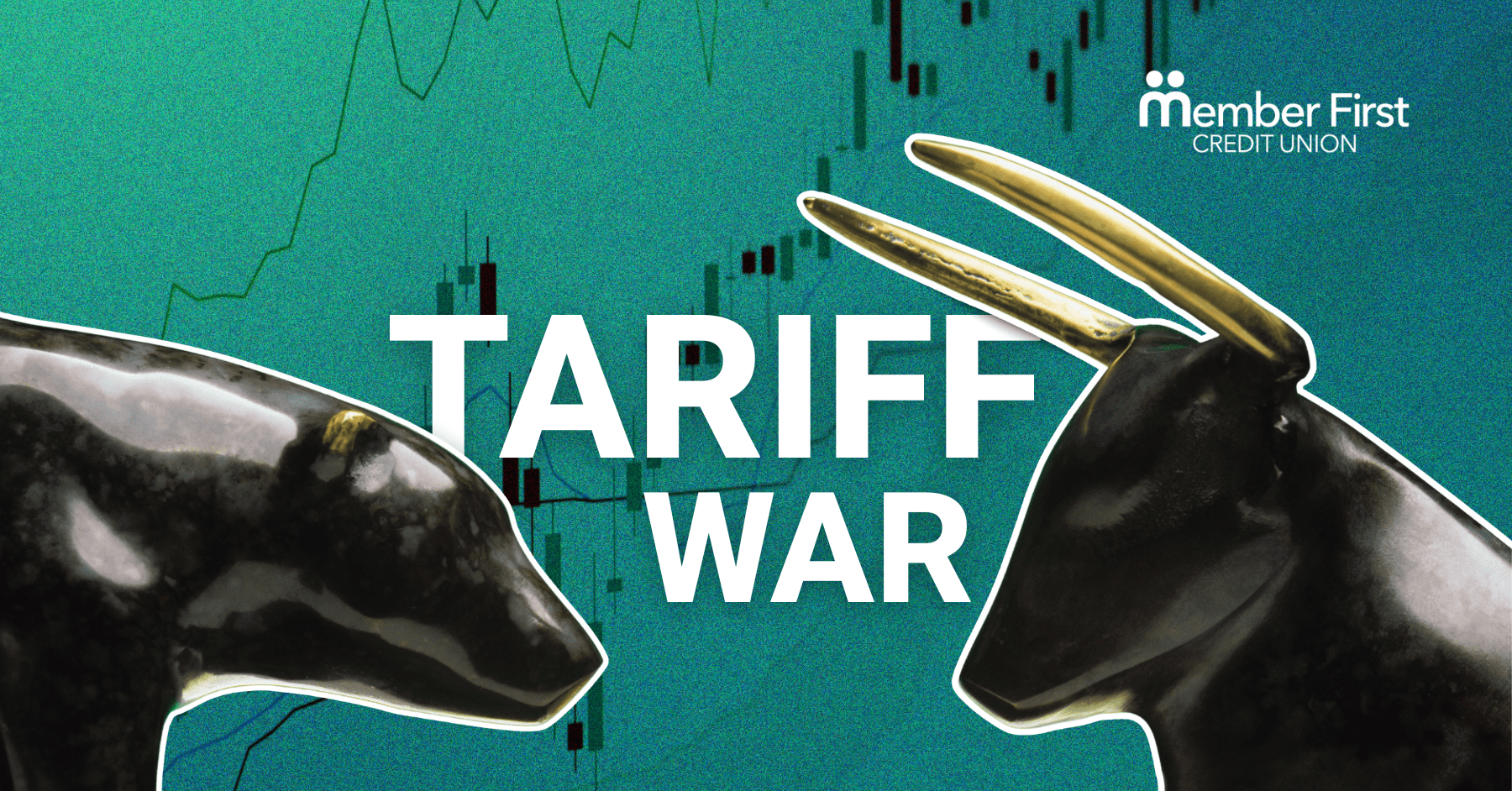How The U.S. Tariffs Could Affect the Irish Economy?

Blog in a glance
- US introduces new tariffs affecting nearly every country including Ireland
- Ireland ranks among the top 10 most impacted, with a $119.7B trade link
- Pharma is safe (for now), but sectors like tech and agriculture could feel the heat
If your phone has been lighting up with news alerts lately, chances are a good chunk of them mention tariffs. It might sound like something that only affects far-off governments or multinational corporations, but in today’s interconnected world, decisions made thousands of miles away can quickly land at our doorstep.
You’ve probably come across headlines about U.S. tariffs, sometimes also known as “Trump Tariffs” and the ripple effect they’ve had across global markets. But here’s the real question: what do these global trade shifts actually mean for Ireland? Could changes in U.S. policy impact our economy, our local businesses, or even the price of your weekly shop?
It’s not always obvious how trade wars abroad translate into real-world consequences here at home. That’s why we’re launching a new blog series called MFCU Money Matters.
As one of the largest credit unions in Ireland rooted in North Dublin, we’re committed to helping you make sense of the big economic developments shaping your everyday finances. Because the more you understand, the more confidently you can plan for your future.
In this first blog, we will explain
- What are tariffs?
- What led to this latest trade war?
- How we are involved in this?
- How it will affect us?
What are tariffs?
As per WTO, tariffs are the tax collected on the imported products and usually designed to collect revenue to give price advantage to the domestic products.
Imagine a new beer, just like Guinness, starts selling in Ireland for only €2 a pint. This cheap beer could hurt Guinness, Irish jobs, and Ireland’s brewing tradition. To protect Guinness, the Irish government puts a tariff on the cheaper beer.
This tax makes the price go up to €5, the same as a pint of Guinness. Now, the cheaper beer doesn’t have a price advantage anymore, and Guinness is protected. People still have a choice, but the local industry is safe. This shows how a tariff can work.
What led to this Tariff war?
Tariffs have long been a part of U.S. economic policy. The Tariff Act of 1789 marked the beginning, as tariffs were used to raise government revenue and protect American industries. By the late 1800s, as U.S. industries grew and the Income Tax was introduced in the early 1900s, tariffs were no longer needed to fund the federal government or shield industries from foreign competition.
President Donald Trump often refers to the period before the Income Tax, saying, “In the old days, that’s what happened. Our country was the richest from 1870 to 1913. That’s when we were actually the richest, and we were a full tariff country.”
Fast forward to 2018. Trump brought tariffs back into the spotlight. He imposed new duties on steel, aluminum, and a wide range of Chinese imports under the justification of protecting American jobs and reduce the trade deficit. Some of these tariffs have continued into President Biden’s term.
Now, in his second term, Trump is doubling down. His economic vision, encapsulated in slogans like “Make America Great Again” and “Make America Rich Again,” is still built on the idea that reciprocal tariffs will push other countries into fairer trade deals and bring manufacturing back to the U.S.
How we are involved in this?
On April 2nd, President Trump imposed reciprocal tariffs on almost every country in the world. Some countries were hit hard, while others faced a baseline 10% tariff. Even a remote group of islands inhabited only by penguins found themselves on the list.
Ireland is among the top 10 countries impacted by this move and is the only European country with which the U.S. has one of its largest trade deficits. According to data from the List of the Largest Trading Partners of the United States, our total bilateral trade stands at $119.7 billion. Of this, Ireland exports goods worth $103.2 billion and imports $16.5 billion.
As part of the new tariffs, the European Union is facing a 20% tariff on goods exported to the U.S. While this impacts Ireland, the silver lining is that pharmaceutical products are excluded from these tariffs. However, this new tariff will still have a direct impact on many industries in Ireland, from agriculture to tech, making Irish exports to the U.S. significantly more expensive.
Read more: Guaranteed Irish: Member First Credit Union Earns Prestigious Status
How it will affect us?
The new U.S. tariffs will raise the price of Irish goods in the U.S. market. However, this will apply to all exporters globally, so Irish prices will likely stay competitive. Ultimately, the average American consumer will pay more for these higher-priced goods, unless cheaper alternatives are available.
Regarding the consumer market in Ireland, reports suggest there won’t be a direct impact. For many U.S. exports to the EU, we either have alternative suppliers or product alternatives. Additionally, some U.S. brands, like Ford, Coca-Cola, and Budweiser, already manufacture locally within the EU, reducing the need for U.S. imports.
That said, the full impact cannot be measured in the short term. However, if these tariffs persist, they could lead to a larger trade war. Many countries have already retaliated with their own tariffs on the U.S., but Ireland is advocating for a calm and measured response from the EU to Trump’s tariffs.




